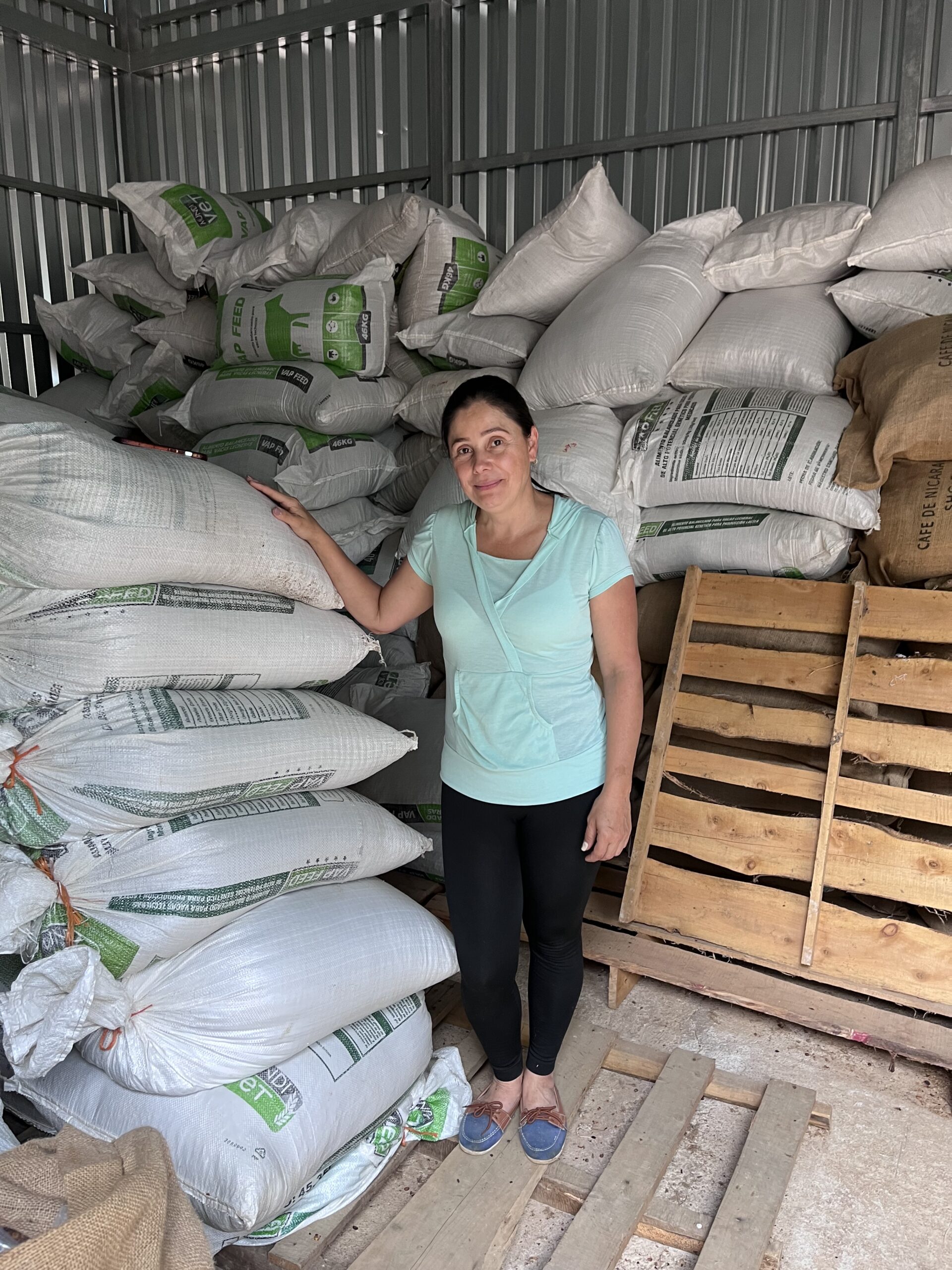A Day with Alexandra
A Generous Welcome Despite the Season’s End
Alejandro came to her finca and beneficio to meet me although she had actually finished processing the last of her harvest the day before and really needed a rest. This gesture speaks volumes about Alexandra’s dedication to sharing her coffee story, even at the expense of well-deserved downtime.
Alexandra runs the farm together with her husband and two daughters plus, of course, helpers for the harvest. The same helpers from Panama have been coming for several years and have become a part of the family—a testament to the respectful relationships she cultivates beyond the coffee itself.
A Dramatic Landscape for Exceptional Coffee
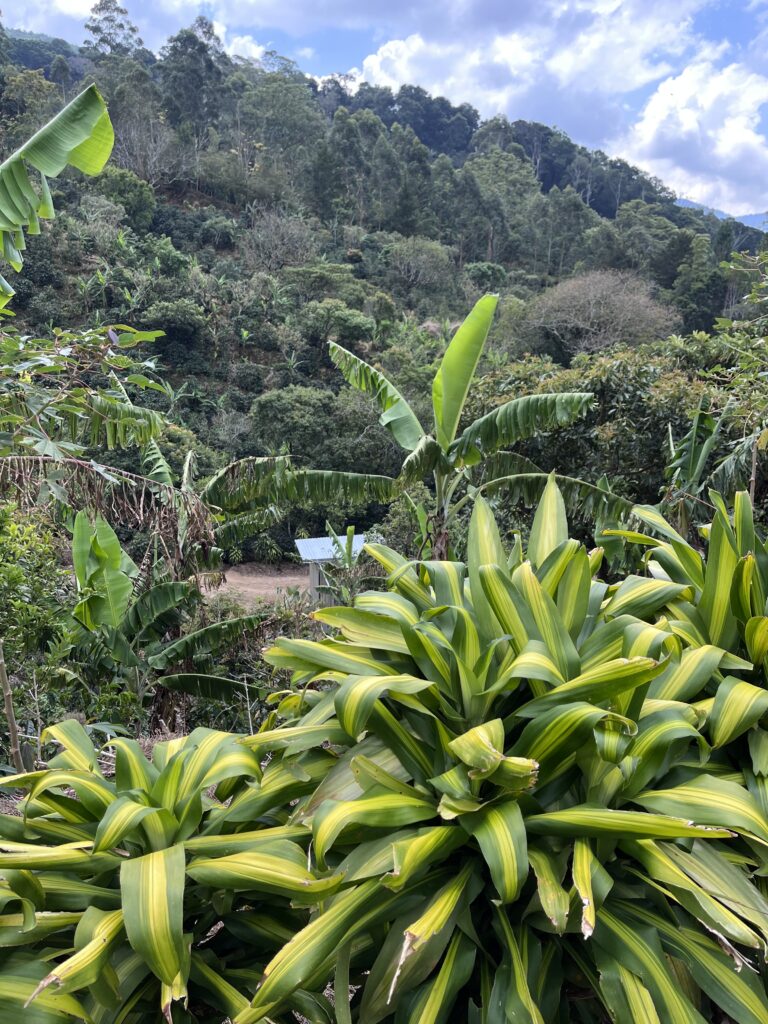
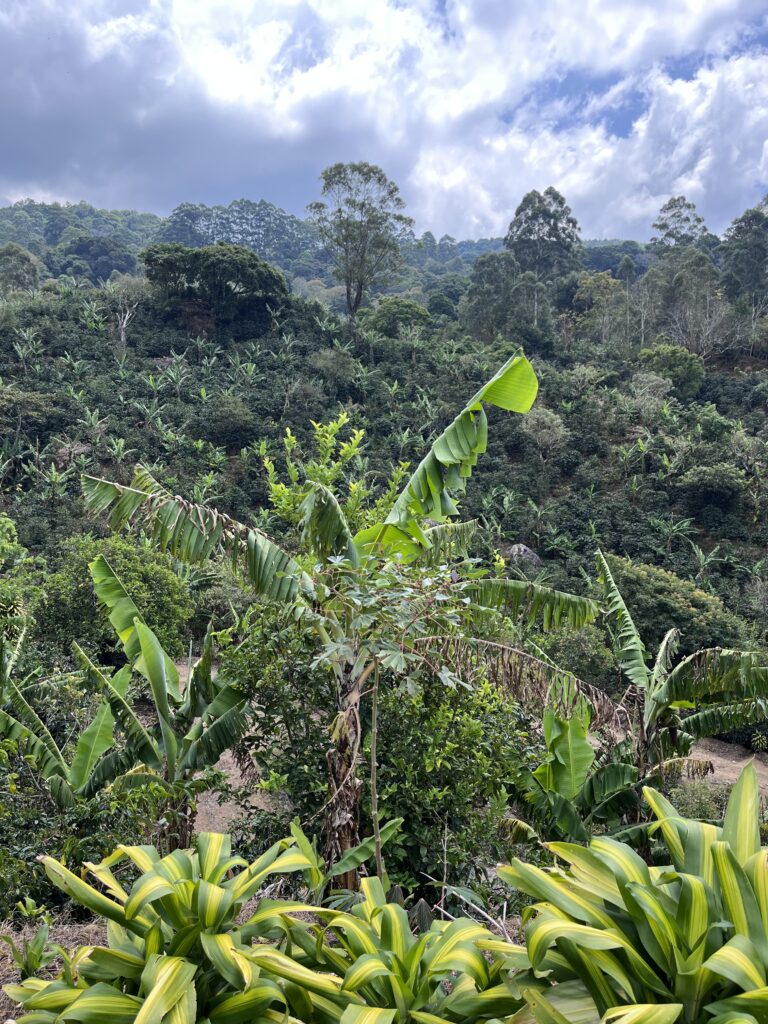
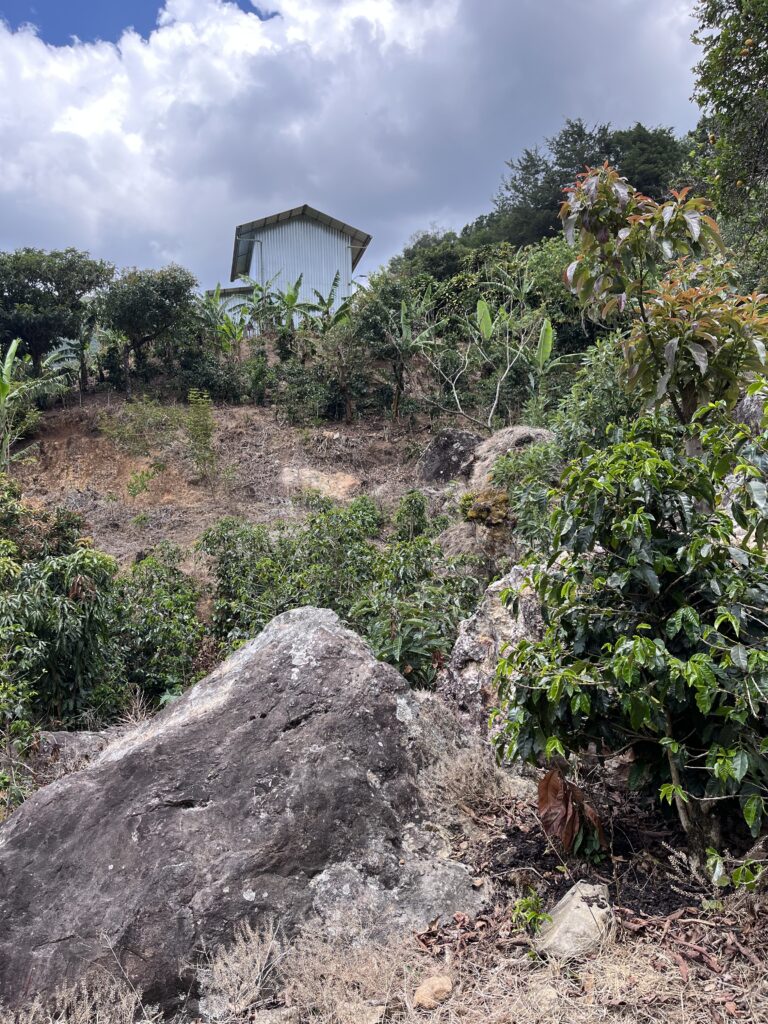
The very well looked after plantation is located on a particularly dramatic landscape at 1700 meters above sea level. The attention to detail in farm management is evident in every corner of this stunning property.
Production is normally around 600 fanegas but this year bad weather caused a loss of nearly 50%. Despite this significant setback, Alexandra maintains her commitment to quality rather than compromising her standards.
Commitment to Natural Processing Methods
Production is entirely natural and honey. In order to achieve the best results, Alexandra does not use drying machines even though this meant drying the cherries for up to 50 days. Quite an achievement with regard to the rain this year.
This extraordinary patience with traditional drying methods, especially during challenging weather conditions, demonstrates Alexandra’s unwavering commitment to quality over convenience—a philosophy that defines her approach to coffee production.
The Mystery of Micro-Terroir
It is interesting that the same cherries processed in the same way from the same finca can differ in taste from one location to another. This micro-terroir effect highlights the remarkable complexity of coffee and the many variables that contribute to its final flavor profile, even within the boundaries of a single farm.
Ingenious Infrastructure
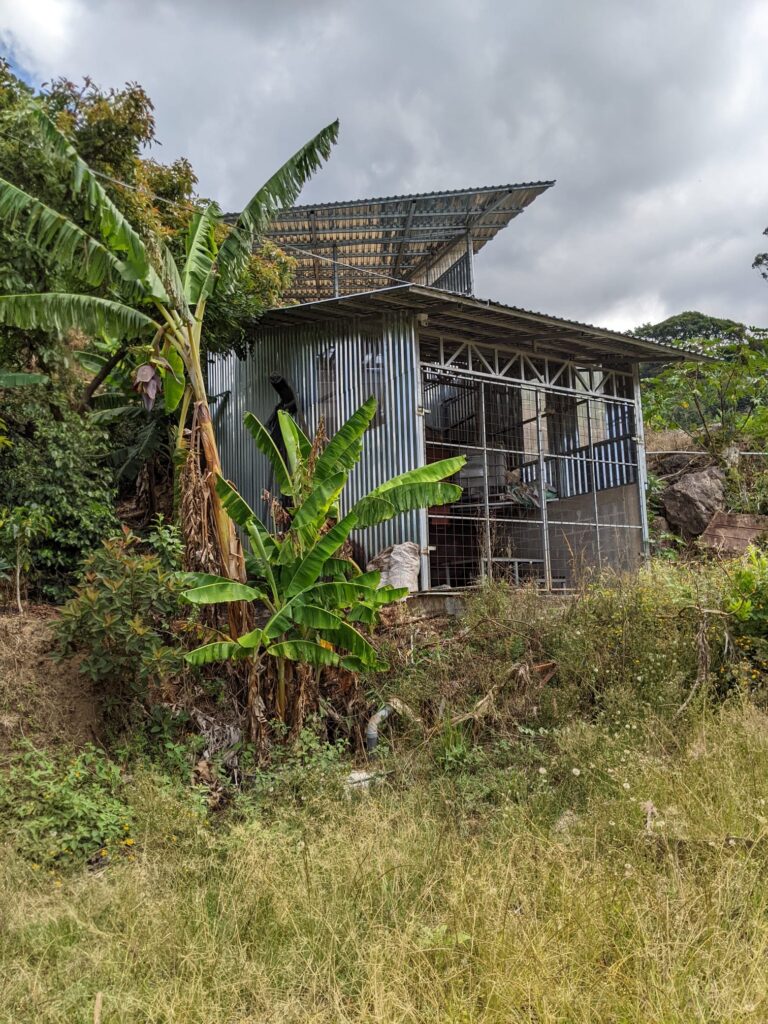

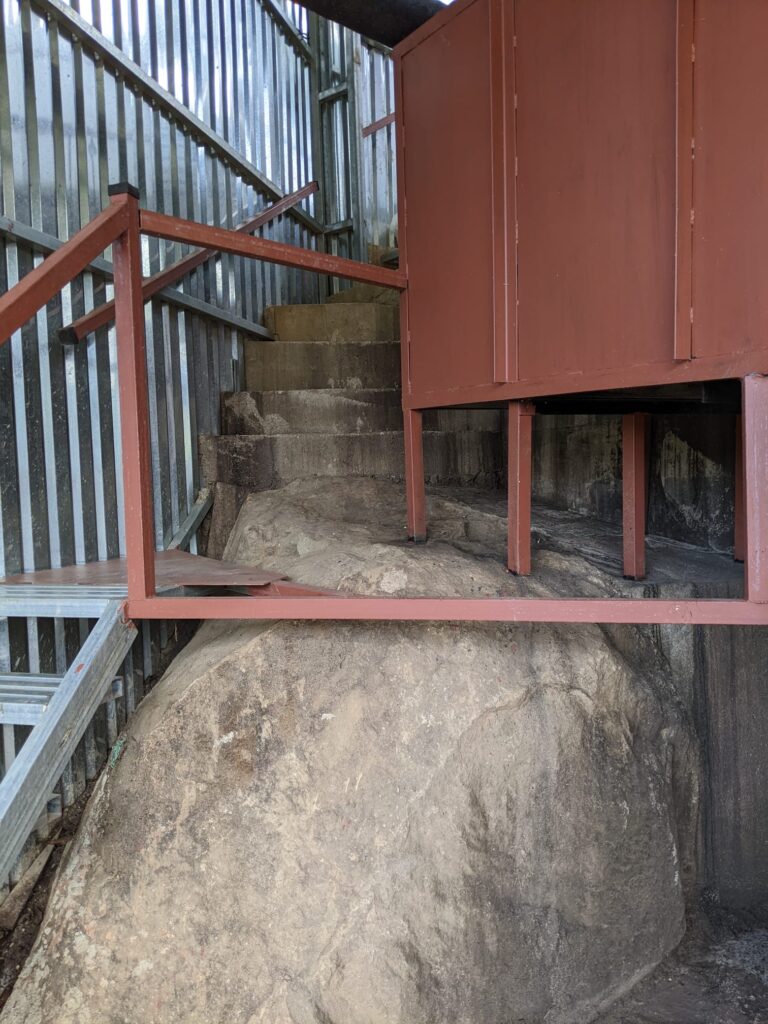
The processing plant was remarkably ingenious, using natural slopes and bedrock to support the structure. This thoughtful integration with the landscape not only creates a visually striking facility but also demonstrates practical wisdom in working with rather than against the natural environment.
Market Challenges for Costa Rican Coffee
The production is exported, mostly indirectly but this may have to change. Cafe Ceres faces the same challenges as other producers in Costa Rica: the exacting requirements regarding conservation, and quality control cause costs which producers in some other countries do not have. The resulting quality is high but the market is very price sensitive.
While these stringent requirements ensure Costa Rican coffee maintains its reputation for excellence, they also create economic pressures that producers like Alexandra must navigate carefully in the competitive global coffee market.
Looking Forward
I am looking forward to returning to collect samples of this year’s production. Despite the challenges faced during this growing season, the care and attention Alexandra brings to her coffee promises exceptional results worth the wait.
This article is part of “Adventures in Coffee,” an ongoing series exploring the lives, challenges, and innovations of coffee producers around the world. Through these visits, we aim to connect coffee lovers with the individuals and stories behind their daily brew.
